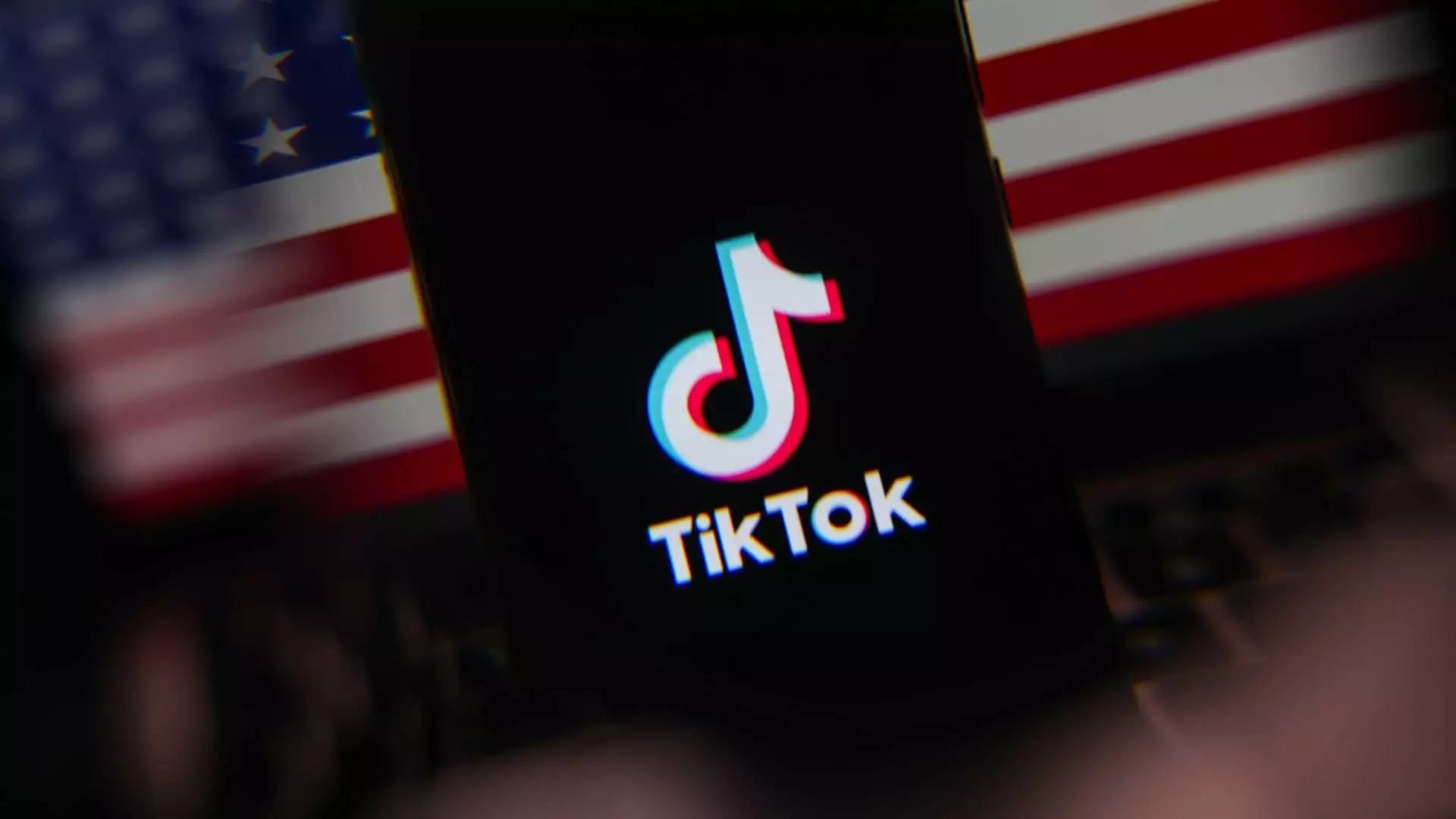In a notable turn of events, TikTok has made its return to the Apple and Google app stores, reigniting debates surrounding digital freedom and national security. The Chinese-owned social media platform was yanked from the stores on January 18, a dramatic escalation stemming from a U.S. national security law that threatened to ban the app in response to perceived risks associated with its parent company, ByteDance. Following a brief hiatus, TikTok reemerged, signifying a precarious balance between regulatory intentions and the demands of over 170 million U.S. users awaiting its return.
The legislative backdrop involves the Protecting Americans from Foreign Adversary Controlled Applications Act, signed by former President Joe Biden, which mandates ByteDance to divest its U.S. operations by January 19 or face an outright ban. TikTok’s resistance has been steadfast; asserting that this law contradicts the First Amendment rights of its vast user base. Their argument underscores a fundamental tension: the government’s insistence on prioritizing national security versus the platform’s claim to protective rights under the Constitution. This clash has been further complicated by the Supreme Court siding with Biden’s administration on issues pertinent to data privacy and foreign involvement.
Political Intervention and Corporate Strategy
The landscape shifted when political intervention came into play, with former President Donald Trump temporarily waiving the ban’s enforcement to facilitate negotiations for a potential joint venture. The political implications of such a partnership raise questions about how national interests are negotiated with global digital enterprises. Trump’s proposal for a 50% U.S. ownership in TikTok underscores a strategy to maintain the app’s presence in America while exerting oversight—an action reflecting broader concerns about foreign technological influence.
Despite its temporary removal, TikTok displayed remarkable resilience, reportedly regaining approximately 90% of its traffic within weeks of the ban. This recovery reflects a deeply entrenched user commitment, highlighting the platform’s significance in daily digital life. The speed at which TikTok regained its audience underscores the challenges faced by regulators attempting to legislatively curb its operations while the app remains a beloved playground for creativity, self-expression, and engagement.
As TikTok’s future hangs in the balance, the narrative surrounding the app extends beyond simple platform dynamics. It represents a broader dialogue about user rights, political action, and international relations in the digital age. Looking ahead, stakeholders must navigate the complex implications of foreign ownership of popular platforms while balancing the imperatives of free speech and national security. The resolution of this ongoing saga may reshape not only how digital platforms are regulated but also the cultural fabric of online engagement moving forward.

